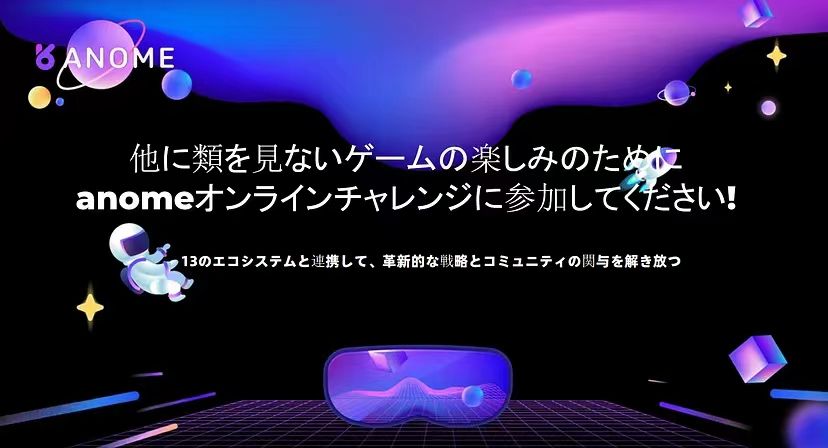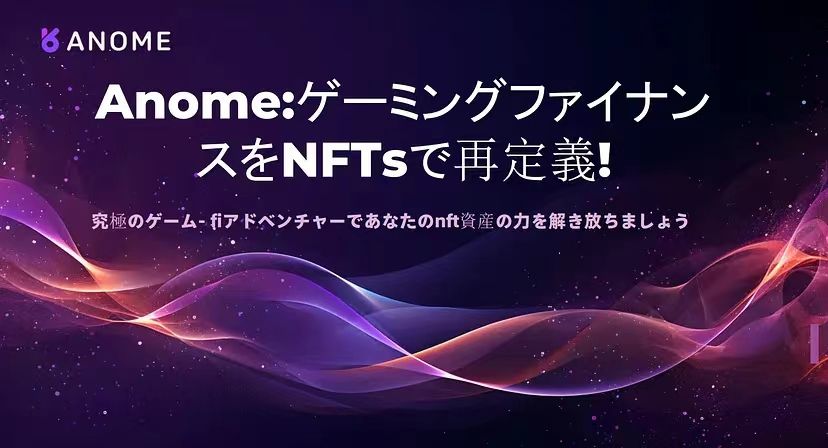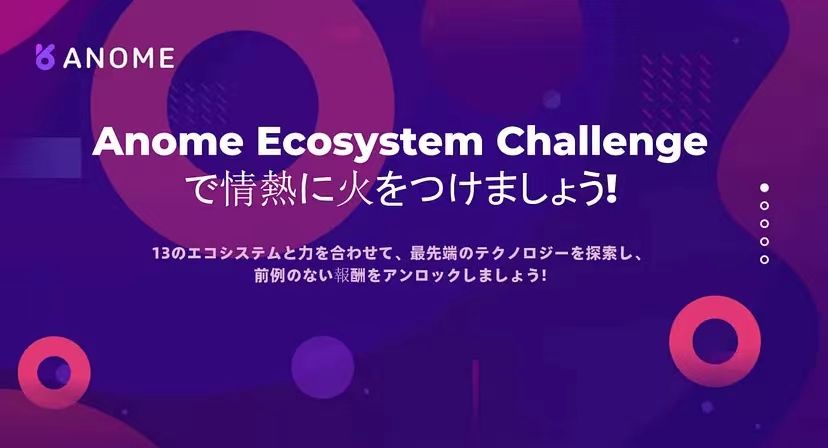Understanding the ERC404 Protocol: From Inception to Evolution
As blockchain technology continues to advance, a myriad of protocols emerge, introducing countless innovations and possibilities to the blockchain ecosystem. The ERC404 protocol is one such innovation, creating a bridge between non-fungible tokens (NFTs) and fungible tokens (FTs), offering new methods for the creation and management of digital assets. This article aims to provide a detailed introduction to the ERC404 protocol, from its inception, through its historical development, to notable events, helping you fully understand this significant blockchain protocol. What is the ERC404 Protocol? The ERC404 protocol is a standard on the Ethereum blockchain designed to create and manage hybrid tokens that possess both NFT and FT characteristics. This means that ERC404 tokens can represent unique assets (like NFTs) and be transferred and split in bulk like FTs. The emergence of the ERC404 protocol has brought significant flexibility and innovation to blockchain applications, especially in the realms of gaming and finance. Origins of the ERC404 Protocol The concept for the ERC404 protocol originated from the Ethereum community’s demand for a more flexible and feature-rich token standard. While the early ERC20 standard was successful in the creation and management of FTs, it was less effective at handling unique assets like NFTs. Conversely, the ERC721 standard provided a solid framework for NFTs but did not support bulk transfer and division, limiting its utility in some applications.
To bridge this gap between the two standards, the ERC404 protocol was developed. Combining the advantages of ERC20 and ERC721, the protocol allows tokens to be both unique and operable in bulk. This protocol was designed to meet the needs for flexibility and functionality in areas such as blockchain gaming and virtual asset management. Development History and Notable Events of the ERC404 Protocol
Notable Events:
Introduction and Application of the ERC20 Standard
Event Description: The ERC20 standard, proposed by Fabian Vogelsteller and Vitalik Buterin in 2015, defines the rules for creating and managing fungible tokens on the Ethereum blockchain. The launch of the ERC20 standard laid the foundation for the ICO boom, enabling hundreds of projects to raise funds through token issuance.
Significance: The ERC20 standard significantly propelled the development of the Ethereum ecosystem, making the creation and trading of tokens easier and more standardized. Its successful application provided valuable experience for the development of later standards like ERC721 and ERC1155. 1.Launch of the ERC721 Standard and CryptoKitties
Event Description: In 2017, the ERC721 standard was officially introduced, defining the rules for creating and managing non-fungible tokens on the Ethereum blockchain. That same year, the CryptoKitties game, based on the ERC721 standard, was launched, allowing players to buy, breed, and trade unique virtual cats.
Significance: The success of CryptoKitties popularized the concept of NFTs and demonstrated their potential in the digital collectibles market. The ERC721 standard laid the groundwork for widespread adoption of NFTs and inspired a multitude of subsequent NFT projects and applications. Introduction of the ERC1155 Standard Event Description: The ERC1155 standard, proposed by the Enjin team in 2018, was designed to support the creation and management of both fungible and non-fungible tokens. It allows multiple types of tokens to be included in a single smart contract, significantly enhancing efficiency and flexibility.
Significance: The ERC1155 standard has been widely adopted in gaming and virtual asset management, further driving innovation in blockchain asset management. Its introduction and application provided references for the development of more versatile token standards. Beeple’s “Everydays: The First 5000 Days” Auction Event Description: In March 2021, digital artist Beeple’s piece “Everydays: The First 5000 Days” was sold at Christie’s for $69.3 million, becoming the most expensive NFT artwork sold to date.
Significance: This event brought NFTs into the mainstream, showcasing the immense potential of the digital art market. It marked the significant role of NFTs in the arts, collectibles, and creative industries, further boosting the NFT market’s growth. The Pandora Project Event Description: Pandora was the first token built on the ERC-404 standard, co-developed by an investor known as @maybectrlfreak (ctrl) and an anonymous developer @searnseele (Searn). Pandora offered 10,000 ERC-20 tokens and 10,000 associated Replicant NFTs. Purchasing a full PANDORA token on an exchange would mint a Replicant NFT in the user’s wallet. Selling a PANDORA token would destroy its associated NFT. Thus, from an NFT perspective, Pandora represented a collection of up to 10,000 NFTs, tradeable on supported NFT marketplaces like Blur and OpenSea; from a token perspective, it was a supply of up to 10,000 PANDORA tokens, tradeable on Uniswap. Potential Impact of the ERC404 Protocol Although the ERC404 protocol is still experimental, the concepts and goals it introduces are significant and promising. It attempts to bridge the gap between fungible and non-fungible tokens, bringing greater flexibility and functionality to blockchain applications, especially in gaming and finance. Future Prospects As the ERC404 protocol continues to develop and its applications expand, its role in the blockchain ecosystem is set to become increasingly significant. With more industries and fields adopting the standard, the ERC404 protocol is poised to become an important standard for digital asset management, driving further innovation and development in blockchain technology.
In conclusion, the ERC404 protocol, as an innovative blockchain token standard, has already demonstrated its vast potential and impact across various sectors. Through continuous development and innovation, the ERC404 protocol not only offers new methods for creating and managing digital assets but also lays a solid foundation for the future digital economy. Whether you are a developer or a general user, understanding and participating in the development of the ERC404 protocol opens up limitless possibilities and opportunities.
Related tutorials
Anome B² Mainnet Guide
Detailed Guide to Anome Card Battles
Anome is officially live on the B² Network Video Tutorial (1)
Anome is officially live on the B² Network Video Tutorial (2)
About Anome: Anome aims to create a fully on-chain NFT circulation platform
Website | Twitter | Telegram chat | Discord | Developer Community |Medium
更多推荐
 已为社区贡献24条内容
已为社区贡献24条内容










所有评论(0)